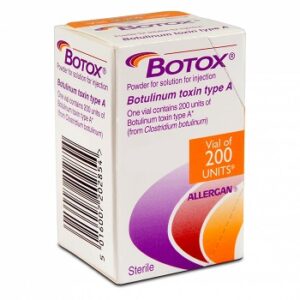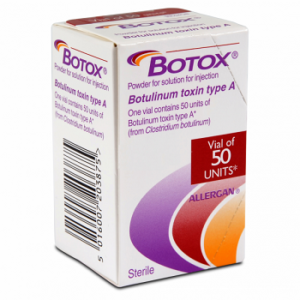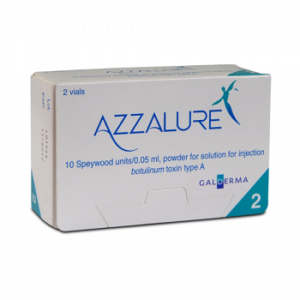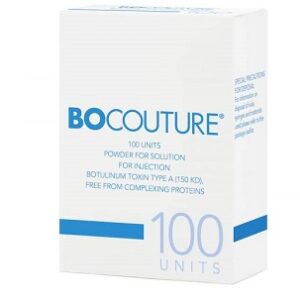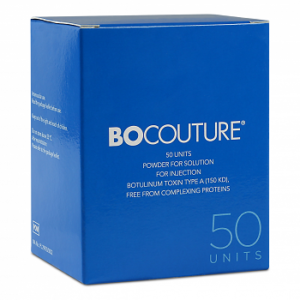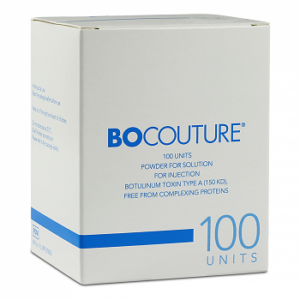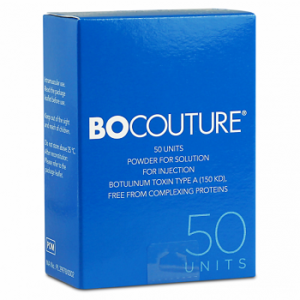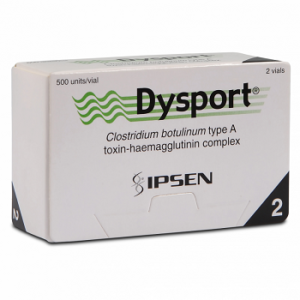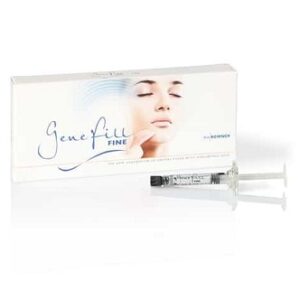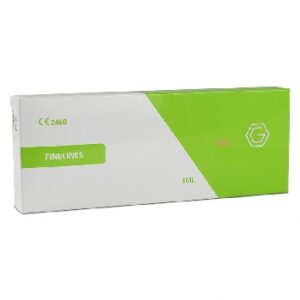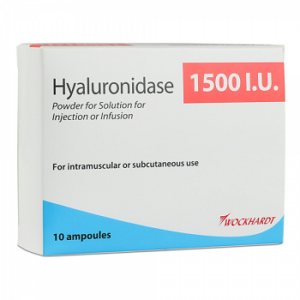Buy Botulinums / Diluents
Buy Botulinums / Diluents
Buy Botulinums / Diluents
Botulinum toxin, one of the most poisonous biological substances known, is a neurotoxin produced by the bacterium Clostridium botulinum. C. botulinum elaborates eight antigenically distinguishable exotoxins (A, B, C1, C2, D, E, F and G). All serotypes interfere with neural transmission by blocking the release of acetylcholine, the principal neurotransmitter at the neuromuscular junction, causing muscle paralysis.
The weakness induced by injection with botulinum toxin A usually lasts about three months. Botulinum toxins now play a very significant role in the management of a wide variety of medical conditions, especially strabismus and focal dystonias, hemifacial spasm, and various spastic movement disorders, headaches, hypersalivation, hyperhidrosis, and some chronic conditions that respond only partially to medical treatment. The list of possible new indications is rapidly expanding. The cosmetological applications include correction of lines, creases and wrinkling all over the face, chin, neck, and chest to dermatological applications such as hyperhidrosis. Injections with botulinum toxin are generally well tolerated and side effects are few. A precise knowledge and understanding of the functional anatomy of the mimetic muscles is absolutely necessary to correctly use botulinum toxins in clinical practice.
All the serotypes interfere with neural transmission by blocking the release of acetylcholine, which is the principal neurotransmitter at the neuromuscular junction. Intramuscular administration of botulinum toxin acts at the neuromuscular junction to cause muscle paralysis by inhibiting the release of acetylcholine from presynaptic motor neurons. Botulinum toxins act at four different sites in the body: The neuromuscular junction, autonomic ganglia, postganglionic parasympathetic nerve endings and postganglionic sympathetic nerve endings that release acetylcholine
Showing 1–12 of 19 results
Buy Allergan Botox (1x200iu) Online
Original price was: $275.00.$250.00Current price is: $250.00.Buy Allergan Botox (1x50iu)
Original price was: $100.00.$85.00Current price is: $85.00.Buy Azzalure (2×125 IU) Online
Original price was: $130.00.$112.00Current price is: $112.00.Buy Bocouture (1×100 Units )
Original price was: $150.00.$129.00Current price is: $129.00.Buy Bocouture (1×50 Units) Online
Original price was: $90.00.$75.00Current price is: $75.00.Buy Bocouture (2×100 units)
Original price was: $260.00.$200.00Current price is: $200.00.Buy Bocouture (2×50 units) Online
Original price was: $150.00.$125.00Current price is: $125.00.Buy Dysport Type A (2x500Units)
Original price was: $550.00.$399.00Current price is: $399.00.Buy Genefill Fine (1x1ml) Online
Original price was: $55.00.$45.00Current price is: $45.00.Buy Godgel Finelines (1x2ml)
Original price was: $50.00.$39.00Current price is: $39.00.Buy Hyaluronidase (1500 IU) online
Original price was: $170.00.$145.00Current price is: $145.00.











